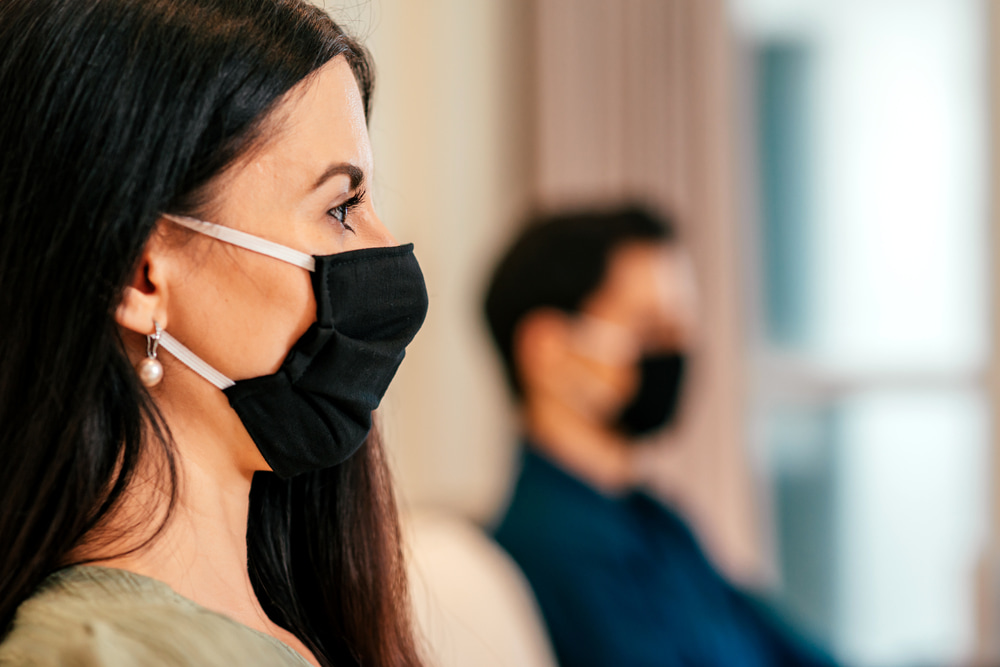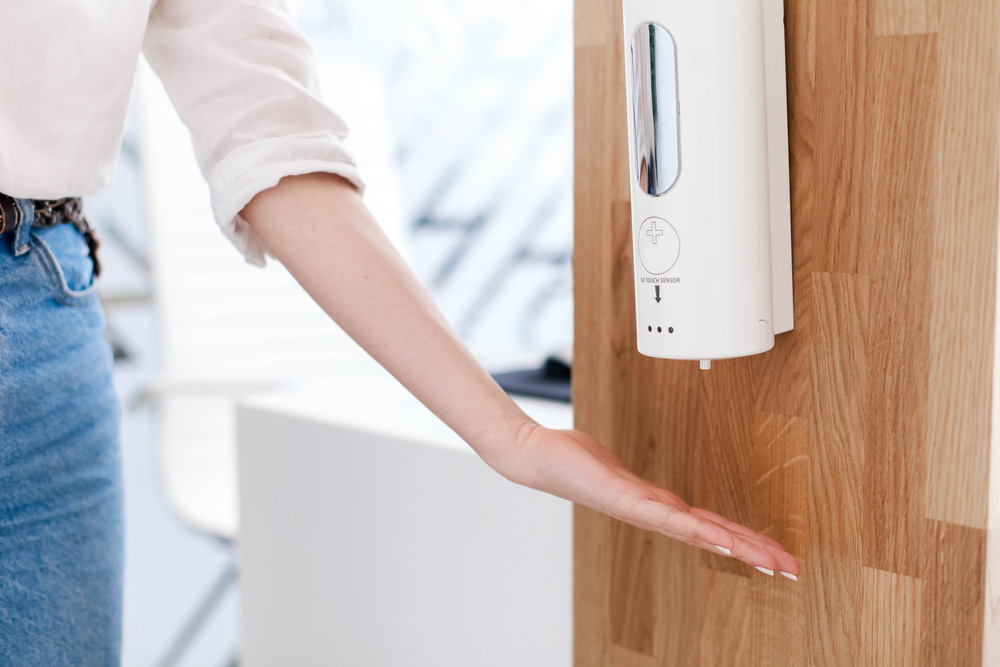
14 Jun What Are Transmission-Based Precautions for Infection Control
Knowing the proper methods to prevent infections is of immense help in fighting the spread of diseases. Infection prevention and control applies a risk management technique to stop or reduce infection transmission. Standard and transmission-based are two methods that offer a high level of protection to patients and healthcare workers, and others within the facility. While standard precautions provide a firm foundation, transmission based precautions are needed to interrupt the chain of infection.
Using standard and transmission-based precautions is also relevant to and vital for several non-healthcare settings, including body art sectors and personal care. Here, you will understand “what are transmission-based precautions,” and how to apply them in a healthcare setting.
Standard Precautions vs. Transmission-Based Precautions
What Are Standard Precautions?
Every individual potentially fosters infectious pathogens. Thus, all bodily substances/fluids and blood are presumed to be contagious. Standard precautions are specific infection control practices that reduce pathogen transmission in any healthcare setting. Using standard precautions eliminate the risk of infection transmission where possible, especially those caused by blood-borne viruses.
Standard precautions comprise of the following practices:
- Safe use of sharp objects
- Safe injection practices
- Hand hygiene
- Use of personal protective equipment (PPE) such as masks, impermeable gowns, gloves, and face shields or goggles
- Routine environmental cleaning
- Respiratory hygiene and cough etiquette
- Reprocessing reusable tools and equipment
What Are Transmission-Based Precautions?
Transmission-based precautions (TBPs) are extra measures centered on a specific mode of transmission, which is always applied in addition to standard precautions. In other words, they are used in a situation where standard precautions alone cannot stop the transmission of infectious diseases.
Transmission-based precautions are grouped into categories based on the transmission route of the infectious agent. They are best applied when tending to:
- Patients with suspected infection
- Patients with known infection
- Patients colonized with a pathogen
Visitors for patients following transmission-based precautions will need to speak with nursing personnel to better understand what steps need to be taken. Depending on the transmission route and facility policy, they may be required to wear a mask, gloves, or gown.
Healthcare settings use standard precautions and transmission-based precautions to prevent the spread of germs amongst people. They aim to protect patients, their families, healthcare workers, and other visitors and prevent pathogenic organisms from spreading throughout a healthcare facility.
Types of Transmission-Based Precautions
There are three types of transmission-based precautions (TBPs): contact, droplet, and airborne. Healthcare personnel apply these types of transmission-based precautions based on the mode of transmission of a specific disease. Several diseases need more than one kind of transmission-based precaution. For example, severe acute respiratory syndrome (SARS) requires contact and airborne precautions to prevent transmission.
1. Contact
Contact precautions are needed for patients colonized or infected with important pathogenic microorganisms that are spread through direct or indirect contact. Direct contact occurs through person to person spread. Indirect contact means the organisms are spread through an intermediate object or person to another person, such as a healthcare worker’s hands. That implies connections when carrying out patient-care activities and underlies the importance of wearing the required PPE properly. Examples of contact precautions are scabies, major pressure ulcers, Clostridioides difficile, staphylococcus aureus (MSSA or MRSA), or other multiple drug resistant organisms (MDROs) etc.
Contact precautions consist of the following practices:
- Place the patient in a private (single) room. If one is unavailable, cohort patients with other patients colonized or infected with the same microorganism. Patients should have a private bathroom.
- Use PPE correctly. Wear gowns with gloves for contact with the patient and their environment. Putting on PPE prior to entering the room and appropriately disposing before leaving the patient room will contain microorganisms.
- Use disposable or dedicated patient-care equipment such as blood pressure cuffs. If sharing equipment among patients is unavoidable, clean and disinfect the equipment according to the manufacturer’s directions before use on another patient. Specific organisms prone to spores such as Clostridium difficile and other diseases with ongoing transmission such as Norovirus require specific contact precautions. In addition to the above measures, carry out hand hygiene with soap and water. For environmental cleaning, think of using a hypochlorite solution like bleach.
2. Droplet

Droplet precautions consist of the following practices:
- To control the source, the patient should wear a mask. Visitors are also advised to wear a surgical mask. Health workers must wear a disposable surgical or procedure mask.
- Place patient in a single (private) room if available. In an acute care hospital, patients with the same infection can be roomed together (cohorted). In residential or permanent care settings, decide on patient placement considering the potential risk to others, although a private room is ideal.
- The door to the patient room may be left open.
- Reduce the movement and transportation of patients outside the space for medical needs. If transportation outside is mandatory, ensure the patient wears a mask and abides by respiratory hygiene/cough etiquette.
- Use PPE appropriately. Wear masks upon entering the patient room. Properly dispose of PPE when leaving the patient room to contain microorganisms.
3. Airborne
Airborne precautions are for patients suspected or known to be infected with transmissible pathogens to others through airborne routes. Measles, tuberculosis, and chickenpox are examples of infections requiring airborne precautions.
Airborne precautions consist of the following practices:
- Forprevent source control, the patient and visitors should wear a procedure or surgical mask. Health care personnel should put on a respirator (e.g., N95, powered air purifying respirator or PAPR) before entering the patient room. Healthcare personnel must be fit tested and trained prior to using a respirator.
- Place the patient in an airborne infection isolation room (AIIR) built according to the Guideline for Isolation Precautions (e.g., negative pressure, vented to the outside). The door to the room must remain closed to maintain negative pressure.
- In a situation where it’s challenging to implement airborne precautions due to limited engineering facilities, ensure the patient wears a mask and place them in a closed and separate room to prevent any possibility of airborne transmission until the patient can be transferred to a facility with an AIIR.
- Wear PPE correctly, including a NIOSH-approved N95 or equivalent for healthcare workers. Remove the respirator after leaving the patient room.
- Limit susceptible healthcare personnel from entering the room of patients suspected or known to have smallpox, measles, or chickenpox if other immune healthcare personnel are available.
- Restrict movement and transport of patients within the facility for medical purposes. If transportation is mandatory, if possible, ensure the patient wears a surgical mask and abides by respiratory hygiene/cough etiquette. Any susceptible person with unprotected contact with vaccine-preventable infections such as smallpox, varicella, or measles should receive appropriate post exposure prophylaxis.
Applying Various Types of Transmission-Based Precautions
Now that we’ve covered “what are transmission-based precautions,” it’s crucial to follow them judiciously to prevent the spread of diseases to patients, healthcare personnel and visitors.
All healthcare staff and visitors should abide by isolation precautions according to facility policy and national guidelines. Visitors should avoid eating or drinking in these rooms and always wash their hands before entering and after leaving the room.
If you’re ready to take a step toward protecting your patients and staff from infectious pathogens, contact Infection Control Results today.

